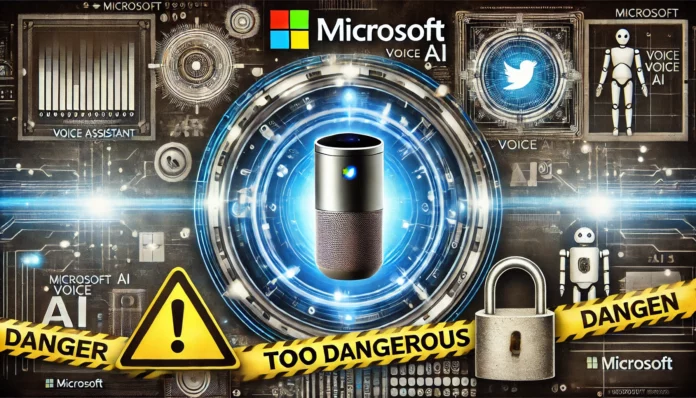Microsoft has developed a groundbreaking AI voice generator, VALL-E 2, which achieves human-level accuracy in text-to-speech (TTS) synthesis. This advancement in generative AI marks a significant leap forward in voice technology, as VALL-E 2 can convincingly mimic a human voice with just a few seconds of audio input.
According to a research paper highlighted by LiveScience, VALL-E 2 represents a significant advancement in neural codec language models, achieving human parity in zero-shot TTS for the first time. The researchers claim that the speech produced by VALL-E 2 matches or even surpasses the quality of human voices when compared to audio samples from speech libraries like LibriSpeech and VCTK. This means that VALL-E 2 can generate high-quality speech even for complex or repetitive sentences, making it a formidable tool in the realm of AI speech generation.
Despite its potential benefits, Microsoft has decided not to release VALL-E 2 to the public due to the risks associated with its misuse. The primary concern is the possibility of voice identification spoofing or impersonating specific speakers, which could lead to significant security and privacy issues. Given these potential dangers, the researchers at Microsoft have deemed it irresponsible to make such a powerful tool publicly accessible.
The ethical considerations surrounding VALL-E 2 are a key reason for this cautious approach. Microsoft recognizes the potential for misuse and has therefore restricted access to the model for research purposes only. “We have no plans to incorporate VALL-E 2 into a product or make it publicly accessible,” the scientists stated. This decision highlights the importance of ethical responsibility in the development and deployment of advanced AI technologies.
Despite the decision not to release VALL-E 2, the technology holds significant potential for positive applications. For instance, it could be used to aid individuals with speech impairments, such as those suffering from aphasia or amyotrophic lateral sclerosis (ALS). By providing a means to generate high-quality speech, VALL-E 2 could improve the quality of life for individuals who struggle with communication due to these conditions.
However, the risks associated with the misuse of this technology outweigh the potential benefits at this time. Microsoft’s cautious approach ensures that the technology is not exploited for malicious purposes, such as creating deepfakes or engaging in fraudulent activities.
Microsoft is not alone in this cautious approach. OpenAI, the creators of ChatGPT, have also imposed restrictions on some of their voice technologies and developed a deep fake detector to help users identify AI-generated images. The development of advanced AI technologies comes with significant responsibilities, and companies must balance innovation with ethical considerations to prevent misuse.


